What happens when your watch gets magnetised?
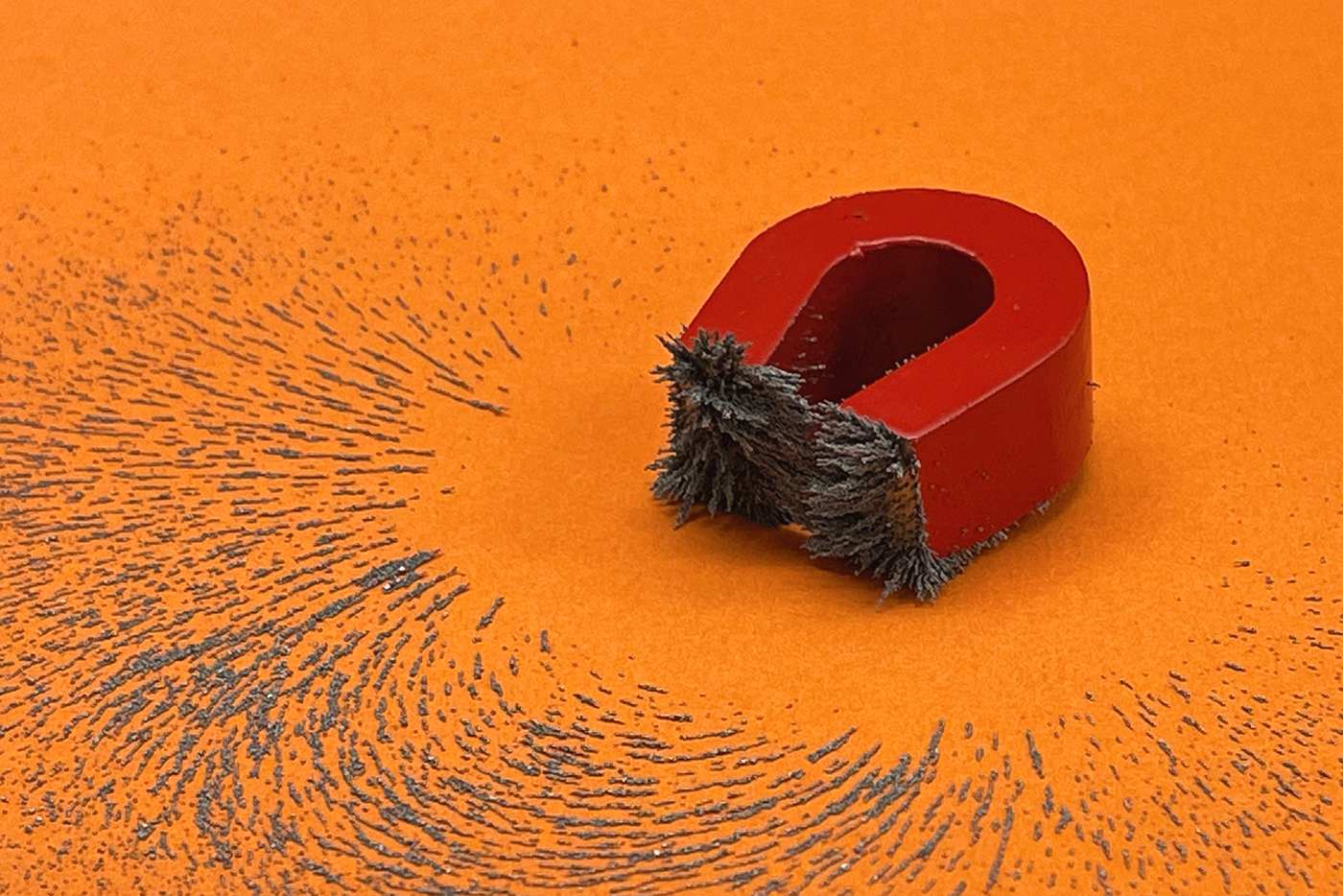
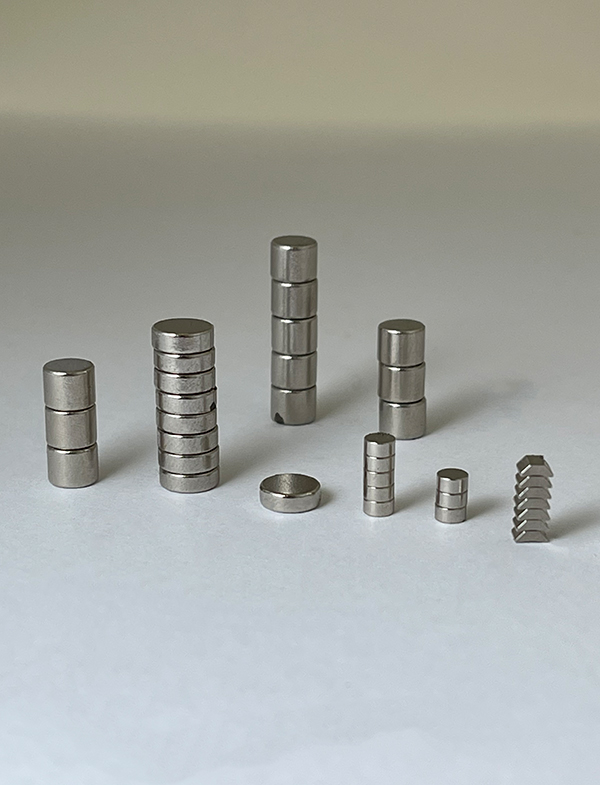
Sometimes vintage watches get magnetised. Does magnetism damage a watch? What can be done when it happens?
Small, strong magnets are everywhere. This is a new phenomenon, because until the 1990s the only strong magnets were huge, like in big loudspeakers. Now, we have tiny powerful magnets called 'rare-earth'. Named after the exotic elements used in their creation, at one time they literally were rare, and very expensive.
Not so much these days; now they're cheap, and used in all sorts of unexpected places, like in the lids and bodies of laptops, behind mobile phone screens, or on the clasps of wallets, bags and jewellery.
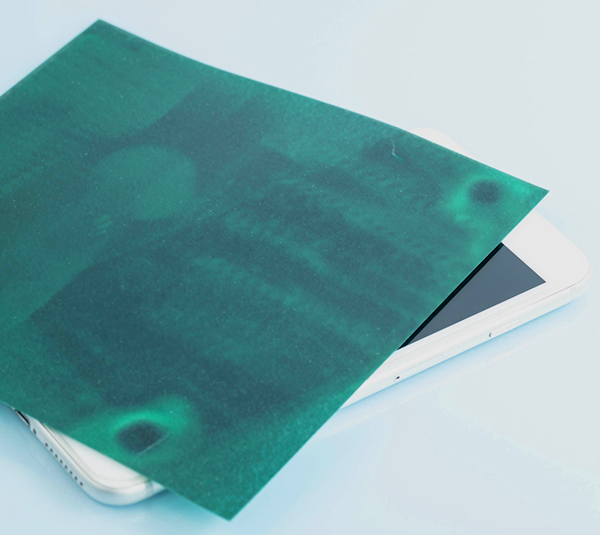
This special green film reveals where magnets are hidden; for example here you can see where they are inside the front of a smartphone. Hidden magnets like these can unexpectedly magnetise a watch left nearby.
_______________________________________________
If your watch does get magnetised, you don't normally know or realise exactly when it happened. This can be confusing, because the unexpected timekeeping change seems to have come out of nowhere. Contrast this with problems like dropping the watch, or getting water into it, when you can instantly see the problem and usually know exactly when and how it happened.
Fortunately, unlike dropping or flooding a watch, de-magnetising it is very simple. Usually, the watch doesn't even need to be opened.
The fast-moving parts in a watch escapement are especially prone to magnetisation, with the balance spring being the most sensitive.
When the hair-like coils of the balance spring get magnetised, they tend to stick together. When this happens, it can cause the timekeeping to spike, making the watch run faster.
How much faster? It depends... If the spring only got slightly magnetised, the coils may only occasionally stick, or stick very lightly. This makes the watch behave unpredictably, because the gain in rate will be slight and inconsistent, maybe something like 10–20 seconds per day.
If the magnetisation was strong, then the watch might gain a huge amount, maybe something like 20 minutes an hour. In extreme cases, the whole escapement could simply lock up, or the springs coils could tangle; these effects will stop the watch completely.
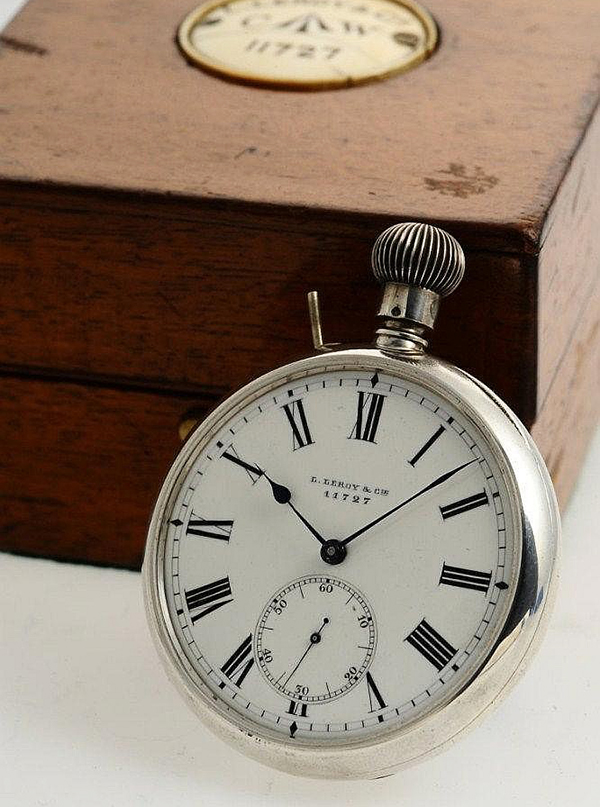
The drive to protect watches from magnetism has sparked some of the most inventive progress in wristwatch technology for over 135 years. C. K. Giles of Chicago first patented a watch with an anti-magnetic inner shell in 1884. Le Roy produced a similar watch for the Royal Navy in 1910 (photo kindly supplied by Stefan Muser/Dr Crott), and before WWI, Lange & Söhne produced anti-magnetic marine chronometers housed in iron cannisters.
_______________________________________________

Immediately after WWII, the Royal Aircraft Establishment conducted tests to see how their navigators' watches fared in proximity to the strong magnetic fields emitted by radar. They recommended that new watches issued to the RAF should have their movements enclosed in iron capsules, and that their escapements should be made of special alloys.
This was the birth of the famous anti-magnetic pilot's watch, Mark 11, made by both IWC and Jaeger leCoultre.
_______________________________________________
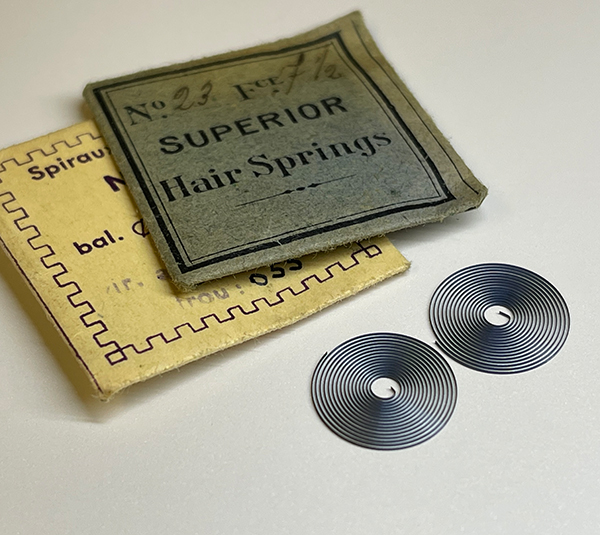
Most watches now use a special iron-nickel alloy called Nivarox for their balance springs; the speciality of this material is that it's highly resistant to temperature change. However, it also happens to be quite resistant to magnetism. Not perfect, but 'good enough' for normal daily use.
For specialist use by engineers, physicists and radiographers – people whose work put them in the range of strong magnets, watchmaking has produced extremely exotic metals and methods, giving us amazing and valuable anti-magnetic watches like the Rolex Milgauss, the IWC Ingenieur and the Omega Railmaster.
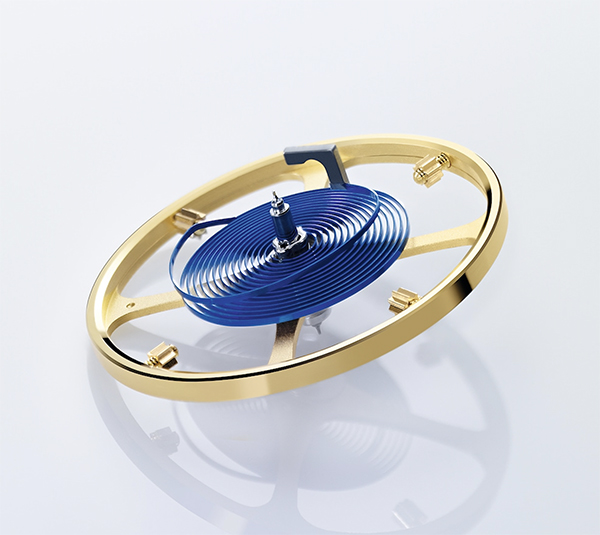
The research into these exotic materials has now given us watches that are completely indifferent to magnetic fields. Rolex has perfected two types: their blue Parachrom balance spring, seen in this photo, is an alloy of niobium, zirconium and oxygen. It's capable of taking on an exquisite blue oxide in the best tradition of fine watchmaking. Then there's their Syloxi spring, etched from mono-crystalline silicon, in the manner of microchips. Parachrom and Syloxi are highly paramagnetic, meaning they retain little or no magnetism after exposure, and neither do they suffer any effects during exposure. Other escapement parts such as pallets and escape wheels are also now routinely made of magnetic-resistant materials.
Here are some short films comparing three different hairsprings in a magnetic field. First there's a brand new Rolex watch with blue Parachrom alloy spring (Rolex calibre 3285).
We carefully bring a tiny but powerful 3mm neodymium magnet near to the escapement. The balance moves slightly when brushed with the magnet, but the magnetic field does nothing to it. The Rolex spring is utterly unaffected.
Next is an ETA calibre 2824-2, which uses a modern Nivarox-derived alloy spring. This movement is an industry cornerstone, found in thousands of watch models. The spring is tolerably resistant to magnetism.
_______________________________________________
Finally, we compare a vintage Breitling Navitimer from 1954 (calibre Valjoux 72), also with a Nivarox spring.
The small amount of motion, here and with the ETA movement, when the magnet approaches illustrates that both vintage and new Nivarox springs are only slightly affected by magnets. To be fair, this little magnet is very strong, and the balance spring performs very well under these circumstances. The other steel parts of the watch will have been fully magnetised by this action, and will need de-magnetising.
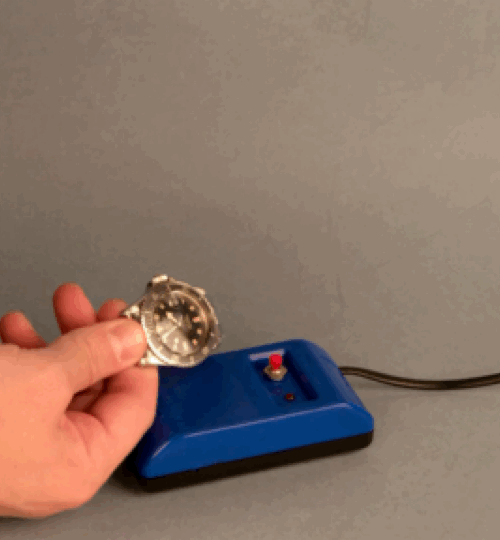
To de-magnetise a watch we use the idea of replacing its magnetisation with a series of successively weaker magnetisations, until in the end, none remains.
The simplest tool for this is a mains-powered electro-magnet; this magnetises anything nearby with alternating polarity 100 times a second.
To de-magnetise, the watchmaker starts by putting the watch close to the tool. He powers it up, and slowly pulls the watch away. With increasing distance, the magnetic field weakens. It still re-magnetises the watch at every pulse of the AC mains, but at each pulse it affects the watch more and more weakly due to the distance. Each pulse also 'overwrites' the polarity of the one that preceded it.
_______________________________________________
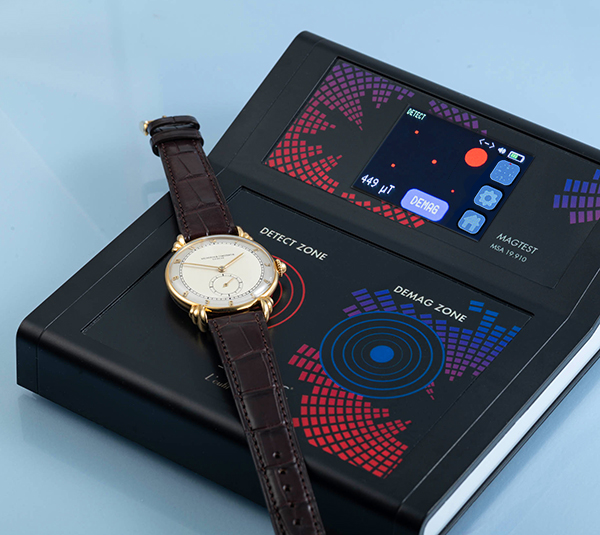
Here we're using a more sophisticated demagnetiser. The Horotec Magtest has two functions: it tests to find any magnetism, and then it de-magnetises.
Here the positions and sizes of the red dots on the little screen show the strength of any magnetisation and approximately where in the movement it is.
_______________________________________________
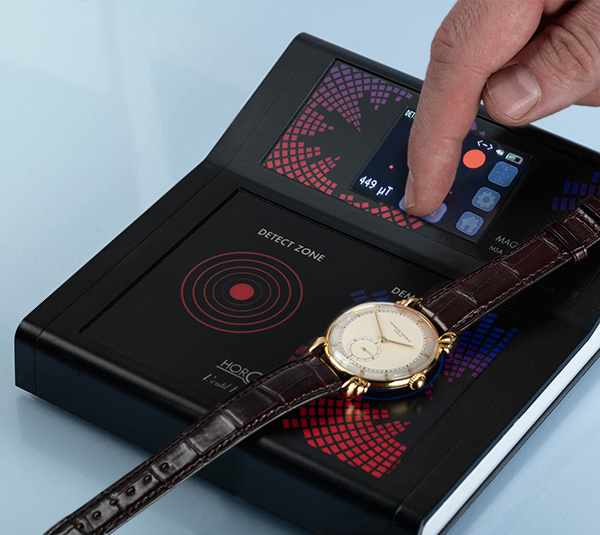
Next, we move the watch to the 'DEMAG' zone, a different area on the tool. With the push of a button, we generate a high-frequency, high energy magnetic pulse. This rapidly decays, mimicking what we achieved with the mains-powered electro-magnet method. Within a few moments, the watch is cleared of all its troubles. There was no need to open it, and there is no permanent effect on the watch.
Not only has the technology of anti-magnetic watches come a long way, but also the tools to deal with them. Magnetism is more likely than ever to affect watches, but the effect isn't permanent, and is easy to fix.
